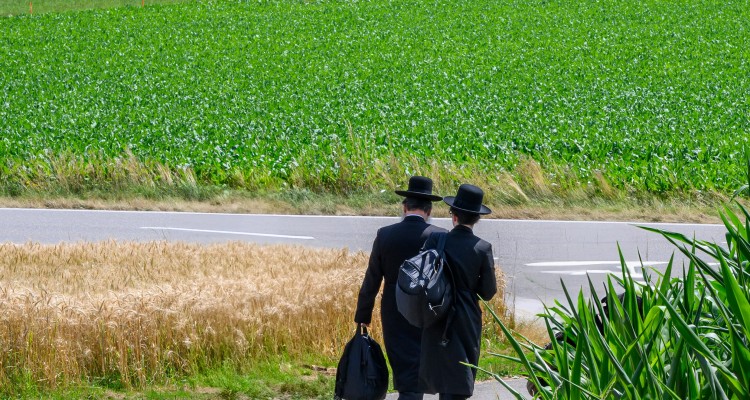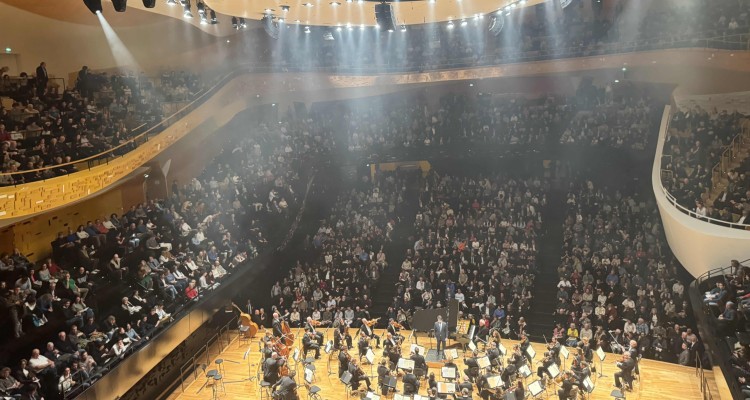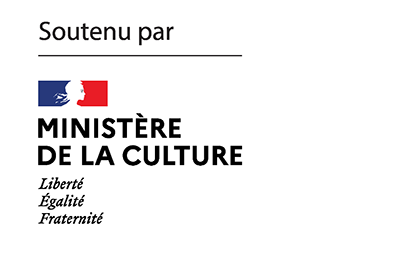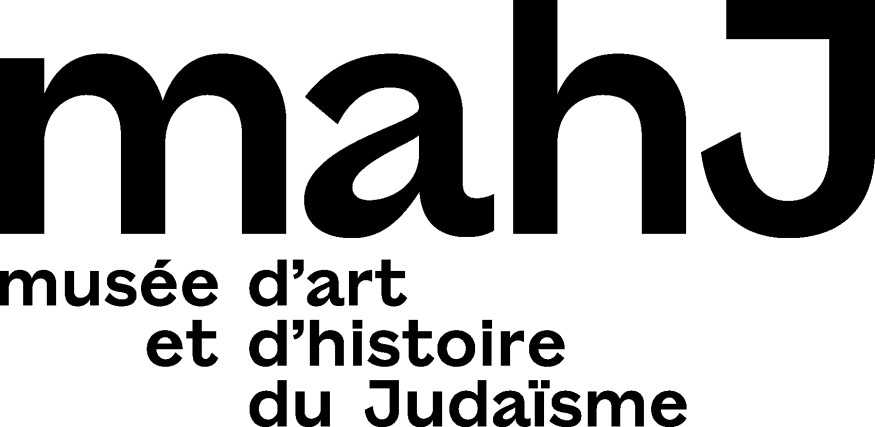Danny Trom’s article “Holy Week on Xanax” sparked numerous reactions. Among the letters, some more constructive than others, one stood out: the response from anthropologist and historian Leopoldo Iribarren, which the editorial staff of K. unanimously decided to publish. Danny Trom, having come to his senses but far from repenting, responds to his colleague’s friendly challenge.
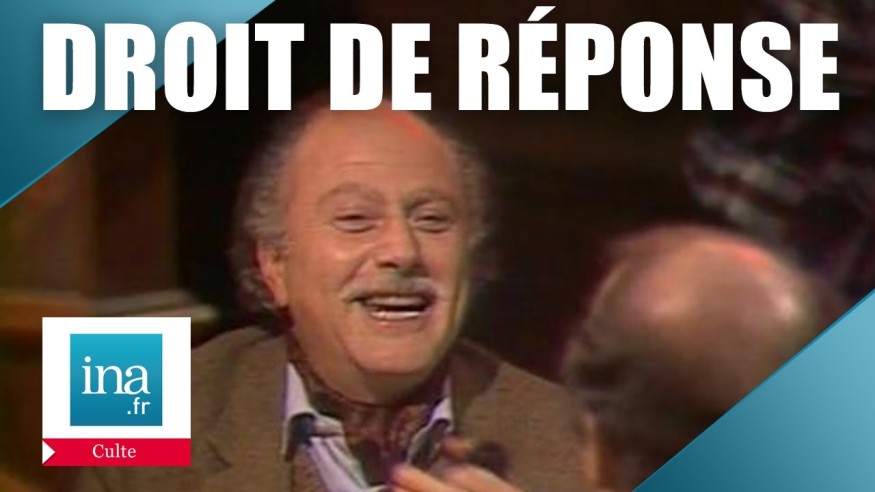
A travelogue by sociologist Danny Trom in Seville inaugurates with panache the new “Catholicism” section of K. Review. The author, naive, arrives unwittingly in the middle of Holy Week. He then embarks on an astonishing walk through the city, dazzled by the processions, the images, and the penitents. He is no less disoriented by a change of scenery than a Catholic, no less carefree, walking through Brooklyn on Yom Kippur, lost in the crowd of Hasidim wearing large shtreimlekh. It must be said that the anecdote lent itself well to a piece of Jewish humor, which is what I was expecting, ready to smile. Having grown up in a family with two cultures, Jewish (well, Sephardic) and Catholic, I remember the jokes about each other’s religious practices; humor was the glue that held our mutual recognition and coexistence together. But I was quickly disappointed by Danny Trom’s account. Of course, it is commendable to try your hand at sarcasm, to overplay ethnocentrism and victimhood, but not everyone can be Groucho Marx. The result is more like a bad sketch. Humor and social science have this in common: they require a minimum dose of reflexivity. Unfortunately, this is nowhere to be found in these haphazard and folkloric observations on popular Andalusian religiosity; unless it is a hypothetical “dialectic of reflexivity,” the ways of the Lord (or of Mr. Trom) are inscrutable. For a future trip to Seville, we can only advise him to swap his Xanax for a glass of sherry and open himself up to other cultures without prejudice. Lechaim!
Leopoldo Iribarren
Dear Leopoldo Irribanen,
“A change of scenery,” you say: that is precisely what underlies the folklorization of the world. Globalization predisposes us, the tourists that we all are, to view ceremonies and rituals as consumable spectacles. But sociologists face a dilemma: either they describe them as more or less authentic remnants of a deactivated way of life, with benevolent detachment, or they detect the expression of latent trends that are still significant, with a degree of involvement that requires them to unearth the issues at stake. Yet, if the intensity of Yom Kippur in Brooklyn escaped you, it is logical that the intensity of Holy Week in Seville would too. What distinguishes them, however, is that the “penitent” of Yom Kippur appeared on a stage entirely absorbed by the relationship between the people and God, while the penitent of Holy Week must hunt down a guilty party outside. It is at this point that the two scenes intersect. You don’t need to be a speculative mind to detect the vividness of this intersection in our most immediate current realities. Humor, whether successful or not, is therefore only a mask for tragedy. So much for my prejudices and my overly compact, single-minded habitus. As for you, you are internally divided, you confess, and I understand at the same time why the tone of my little column displeases you: your split habitus leans toward the folklorization of the world, which is, after all, synonymous with the neutralization of the events that take place in it. An alternative to indifference would lead to a painful rift. I grant you that it is uncomfortable. This is the insight I offer you—too serious, no doubt, but in keeping with the extra reflexivity you rightly demand of me—into the faux pas you attribute to me. Emptying an entire bottle of sherry or vodka won’t change anything, but I’ll gladly do so with you if the opportunity arises.
Best regards,
Danny Trom
